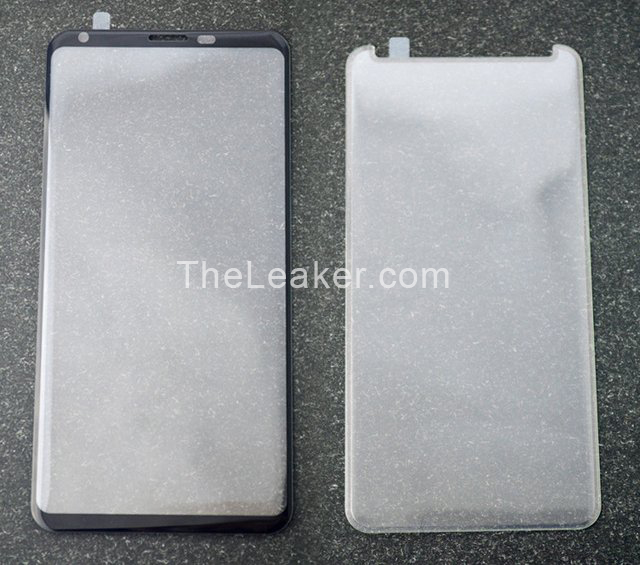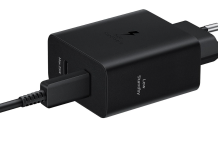A couple image of the front panel of the Samsung Galaxy Note 8 had appeared in the previous week. The front panel of Samsung’s upcoming flagship phablet has surfaced yet again. These images confirm what kind of design the Galaxy Note 8 will be arriving with.
Samsung introduced full-screen display known as Infinity Display on the Galaxy S8 and Galaxy S8+ smartphones. In both the images, the Galaxy Note 8’s front panel are placed on the left and the protective film is present on the right.
The new images of the alleged Galaxy Note 8 suggests that it would be coming with ultra-thin bezels. The top bezel is slim and it features cutouts for selfie camera and earpiece. The bezel will be featuring some other sensors. The source claims that the iris scanner will be integrated with the front-facing camera. The bottom bezel is also slim. A report carrying 360-degree video of the Galaxy Note 8 would be 162.4 × 74.5 × 8.4 mm.


Read More: Samsung Galaxy Note FE Global Launch May Happen this Month
These images also indicate that the Galaxy Note 8 will boasting a high screen-to-body ratio. Like the Galaxy S8 and Galaxy S8+, the Galaxy Note 8 will be coming with dual-edge curved screen. The Note 8 is rumored to come with 6.3-inch display. Rumors like that it would be supporting QHD+ resolution of 2,960 x 1,440 pixels and 18.5:9 aspect ratio like the Galaxy S8 and S8+. Some rumors are claiming that the Galaxy Note 8 would be supporting UHD resolution. This also seems to be a possibility as the Note 8 is speculated to carry support for AR (augmented reality).
One of the most striking changes that will be coming on the Galaxy Note 8 is the inclusion of the dual rear camera system. With the camera bump, the thickness of the device is speculated to increase to 9.5mm. Despite some early rumors that have claimed the Note 8’s fingerprint scanner would be embedded under the display, but the recently leaked images of the Note 8 have shown that biometric recognition feature will be sitting on the right side of the dual rear camera module.







